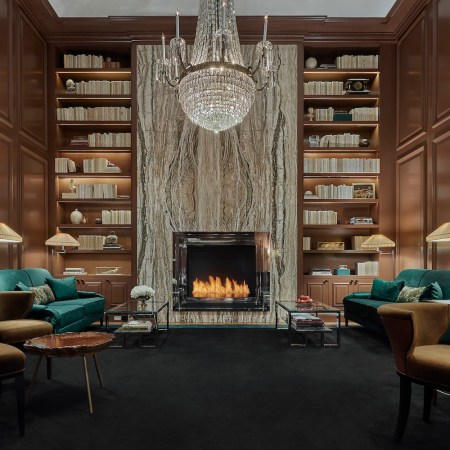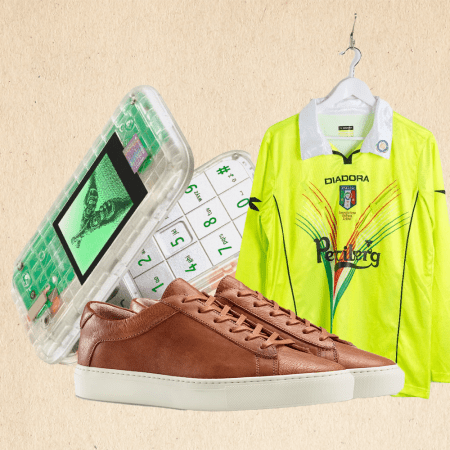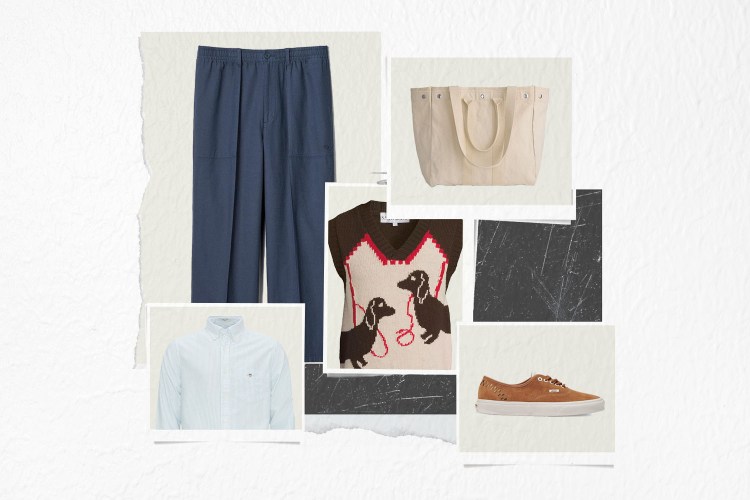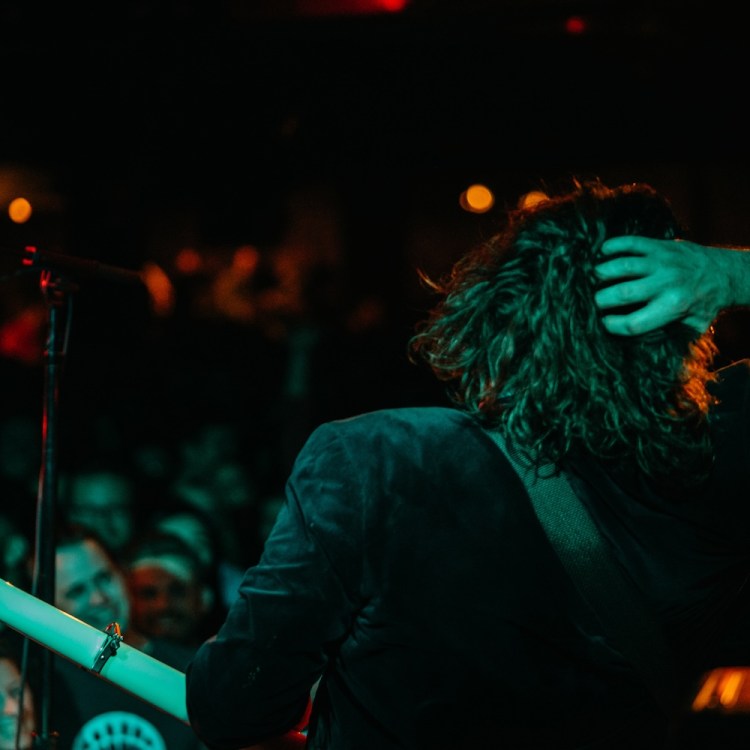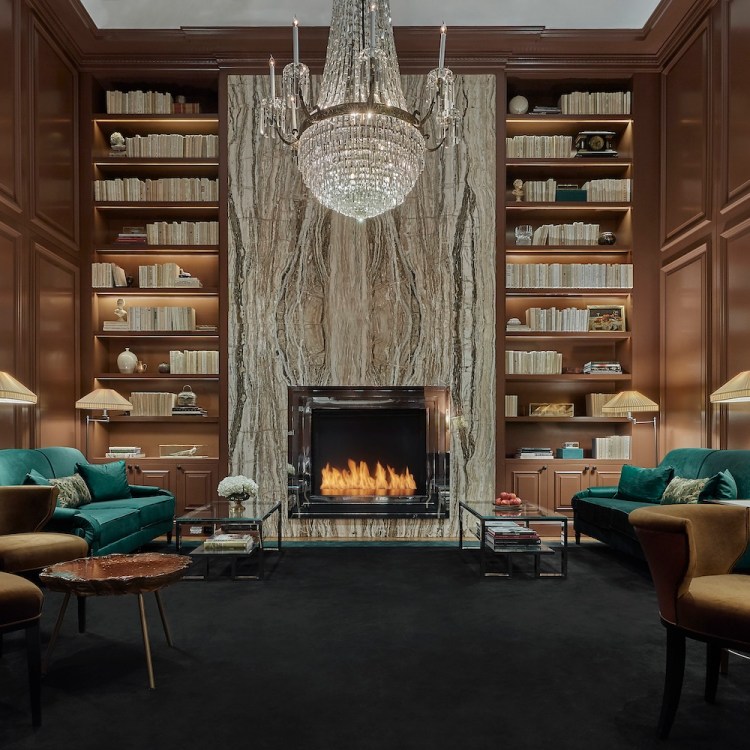Hey there… sorry for the interruption. Before you dive into this article, we just wanted to quickly let you know that we now have a new weekly newsletter devoted solely to drinks and drink culture called The Spill. If this seems like it might be up your alley, please go here and sign up. We think you’ll like it.
The cocktail world has been ever more tinged by trends of late, from the TikTok-famous negroni sbagliato to the renaissance of every bartender’s worst nightmare, the espresso martini. And while summer drink trends like the Dirty Shirley or spritz may seem more obvious, winter cocktails are often even more innovative and complex — and DC’s top bartenders are already witnessing the emergence of some seasonal standouts.
Perhaps the most widespread winter cocktail trend thus far is a revitalization of old-school whiskey-based drinks with a slightly contemporary twist. Hyper-specific? Perhaps…and yet they’re literally all over the capital, from the rye-and-campari Boulevardier at Wilson Hardware to the Shiso Lovely at China Chilcano to the epazote-spiked whiskey sour at Rebel Taco.
That a whiskey base is so popular this season is no surprise to Manuel Olivera, director of operations for B Social Hospitality, which includes Rebel Taco. Whether it’s rye, bourbon or Scotch, this darker liquor typically offers notes of vanilla, baking spices, wood and smoke — an aromatic profile perfectly suited to cooler months.
Alan Grublauskas, GM and beverage lead at China Chilcano, agrees.
“Winter cocktails will typically turn to brown spirits,” he says. “The barrel-aging gives a note of warming spices and typically a higher proof.”
It’s for this reason that Olivera thinks the whiskey sour may well be the on-trend drink of the season.
“It’s complex yet still refreshing,” he says. “It’s also creamy because of the egg white, and I find that guests are more open to those textures during winter.”
At Rebel Taco on K Street, the team shakes up a riff on this stalwart dubbed the Muro Sour, made with Kentucky whiskey, lemon juice and egg white (or aquafaba for a plant-based play). It’s seasoned with a house-made honey epazote syrup for an herbaceous, slightly minty finish. At Wilson Hardware, meanwhile, Lindsey Karlsson is adding a modern spin to yet another old-school whiskey drink, the Boulevardier, which she twists with Campari instead of aperol, pairing the bitter liqueur with rye, fresh orange and bitters.
In his Shiso Lovely, Grublauskas begins with Mars Iwai Japanese whisky, which, he says, was molded by a panel of bartenders as the ideal cocktailing whiskey.
“Japanese whisky has been gaining traction for a little while now,” he says, “and they are combining their precise methods with some of the world’s whiskey techniques. Longer age statements giving more barrel influence and secondary cask aging to name a few.”
He pairs it with Bermutto Japanese “Vermouth” — a Junmai sake-based spirit made with yuzu and sancho peppercorn, as well as Mugi Hokka roasted barley shochu, which he dubs “the star of the show.”
“The coffee, caramel and chocolate tones bring a different style of winter warmth when paired with our whiskey,” he says, noting that the spirit “has a great possibility to become one of the next ‘nerdy’ spirits like mezcal did five years ago.”
We’ve Hit Peak Cocktail Ice
Those clear cubes are certainly cool. But do they actually make your drink better?Speaking of which, mezcal and other agave-based spirits like tequila are still going strong, particularly añejo tequila, according to Tobias Moser, food and beverage director at Thompson Washington D.C. He loves using the darker drink “in a more spirit-forward manner,” citing the signature cocktail at Rooftop at the Thompson, Down in the Galley, made with Tres Generaciones añejo, mezcal, charred pineapple shrub, apple cider demerara, Antica Forrmula vermouth and orange bitters.
“These flavors lend a smoky profile,” he says, “with hints of baking spices perfect for winter.”
His use of bitters is yet another trend we’re seeing more and more of this season, particularly specialty bitters like the chocolate mole version in Karlsson’s Boulevardier or the black walnut bitters spiking Andrew Nichols’ Telegraph. The cocktail, which was created for Parlour Victoria, is a play on an Old Fashioned, explains beverage director Delroy McCree, with one major modification. Instead of whiskey, the Telegraph uses the cognac preferred for the Wisconsin Old Fashioned, which, in addition to the bitters, is paired with fortified wine, Blume Marillen (”blossom of the apricot”) and honey.
Nichols isn’t the only one having fun taking the whiskey out of a traditional drink. Will Patton, bar director of two Michelin-starred JÔNT and one Michelin-starred Bresca, has toyed with a Manhattan by replacing whiskey with Calvados. In his Pomme of the Eye, the French apple brandy is joined by madeira and an oolong distillate.
Warming notes aren’t the only heat coming to the drinks world this season. Hot cocktails are an obvious winter go-to, but according to Anne Sophie Litzler, director of food and beverage at Hotel Washington, VUE Rooftop, they’re not proving nearly as popular this winter as they have in years past.
“In the past, the hot toddy and mulled wine were very popular during this time of year, but we aren’t seeing that as much recently,” she says. She cites milder temperatures as a possible reason why cocktails are cooler in the capital this year, and Patton agrees.
“Due to the inconsistencies of the weather, I wouldn’t be surprised if they didn’t see a bit of a dip or a reimagining,” he says of the category. “Probably a return to the cleaner flavors of a hot toddy rather than the more sugar-rich spiked hot chocolate.”
Bar director Judy Elahi of Michelin-starred Gravitas also says that the widespread and long-awaited decline in outdoor dining may have a role to play in warm cocktails taking a backseat to cold this year. Plus, she says, even if one does opt for a warmer cocktail, it’s unlikely they’ll be drunk at quite the clip of cold.
“The heat in the drinks adds to the ‘consumption time,’” she says. “You can’t accidentally punish a hot drink like you can with an iced one.”
Weather notwithstanding, she remains enamored with the category. Her favorite, Sweater Weather, boasts an “iconic” name and ticks two trend boxes: For hers, she combines Starward Two Fold Australian whiskey, secret spice cordial, cold-pressed apple cider, fresh lemon and pink salt.
Finally, one of the biggest cocktail trends to take DC by storm is the category of carefully crafted low- or zero-ABV mocktails. Litzler says she noticed “guests getting a head start on ‘dry January’ as they did consume less alcohol coming into the new year.”
Teddy Murphy, F&B Operations Manager at ENTYSE at The Ritz-Carlton, Tysons Corner , agrees.
“Seedlip is readily available in Northern Virginia and companies such as Lyre’s has everything from a non-alcoholic take on Campari to a full-blown non-alcoholic approach to sparkling wine,” he says, noting that he’s taking advantage of that aforementioned trend towards specialty and locally-produced bitters to make low-ABV drinks with loads of flair.
This article was featured in the InsideHook DC newsletter. Sign up now for more from the Beltway.



